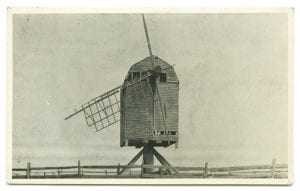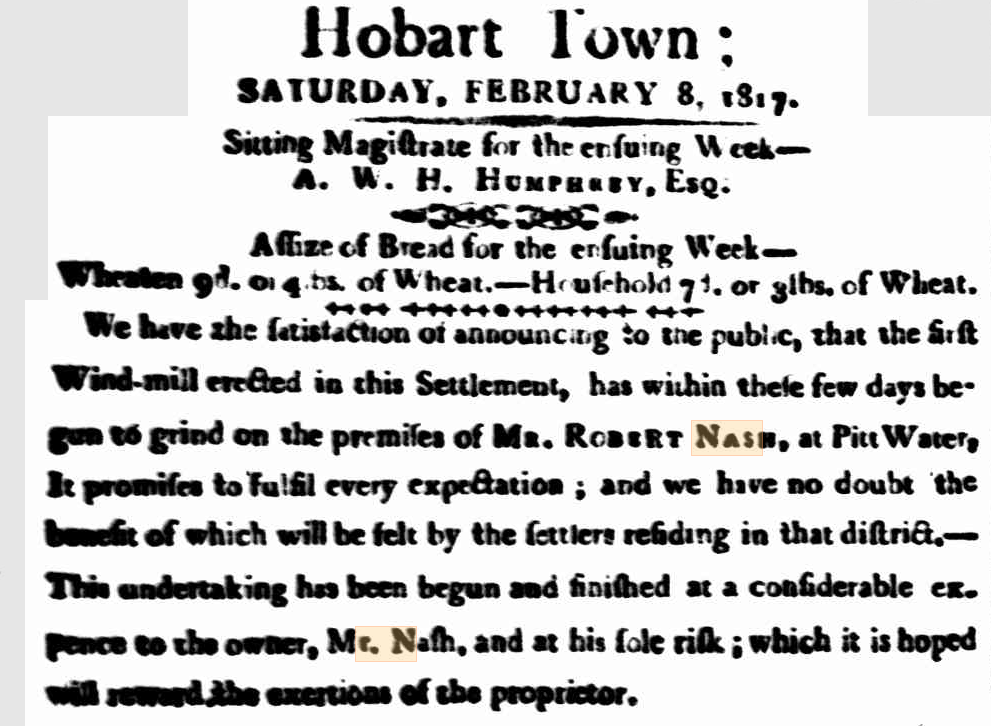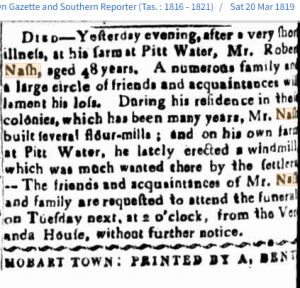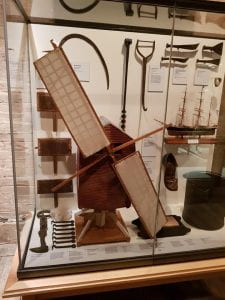Thanks to Judy Pearson in consultation with Bev Richardson (Descendants) for writing this post for the A-Z challenge.
Clicking on blue links will take you to original records from Libraries Tasmania.
Early settler Bartholomew Reardon was born on Norfolk Island June 1791, the first child of Bartholomew Reardon (a First Fleet arrival on ‘Scarborough’ and then to the first settlement on Norfolk Island per ‘Sirius’), and Hannah Rowney (Ronay, Rooney), who arrived in the Colony per ‘Lady Juliana’ and to Norfolk Island in August, 1790. They had 5 children.
Bartholomew (2nd) grew up living in a thatched weatherboard hut on a small grant helping to farm the land. His two younger brothers, Steve and Daniel, who were born 1798 and 1799, both died on Norfolk Island in 1801. Their headstone on Norfolk Island is still legible. Their father Bartholomew Snr. died on Norfolk Island in 1807 and daughter Ann died in the same year. When the settlement there was to be disbanded, Hannah and eldest daughter Francis were re-located to Van Diemens Land per ‘Lady Nelson’ in November 1807. The young Bartholomew who left N.I. several years later was recorded in 1807 as the owner of 7 acres of land on Norfolk Island and supplying produce to His Majesty’s Store. He had also worked for Captain Piper who recommended him to receive a grant of land on arrival in Van Diemen’s Land. This was at Iron Creek, Sorell, the property still known as ‘Thorn Hill’, and on January 1st, 1812 he married Elizabeth Nash. Elizabeth was born on Norfolk Island in 1793, the eldest child of Robert and Ann Nash. They left Norfolk Island in 1808 and also settled at Pitt Water.
Bartholomew and Elizabeth enjoyed prosperous years at ‘Thorn Hill’, and their home became the venue for many important visitors, including Governor Macquarie in 1821 when he named the town of Sorell. The ‘Thorn Hill’ property included a huge barn, the venue for Musters, and gatherings including dances, weddings and church services. Bartholomew was appointed a District Police Constable. In 1815, a fire which destroyed his barn, and all the property’s stored crops, was deliberately lit and from this time debts were incurred when Bartholomew tried to diversify, buying more land and stock. He suffered losses but retained his Forcett property of ‘Green Hills’ where he had built a small brick home. This was added to in 1820 and sadly, ‘Thorn Hill’ was relinquished, being signed over to Lawyer, Mr. Bethune in 1825 to settle his debts.
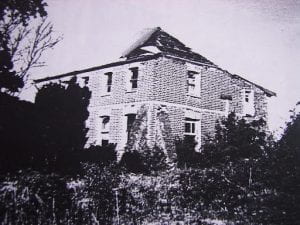
By this time, the Reardons had already moved to their Forcett property ‘Green Hills’. Five generations of the family farmed this property and is still owned by a sixth generation descendant.
Image source:
‘Thorn Hill’ image, Judy Pearson collection
